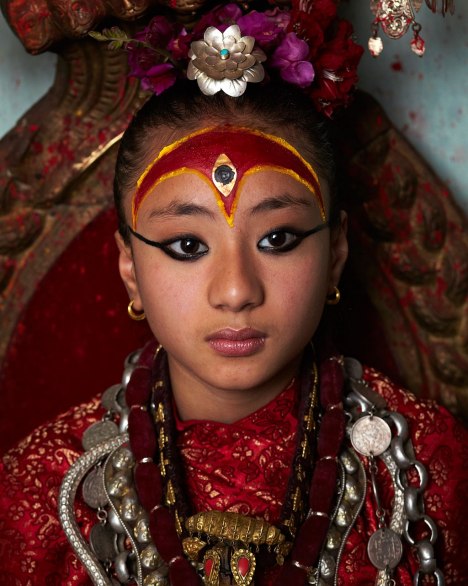Another year has flown by, with many changes for us. A new job, a new city in a new continent... Let me take a moment to look back at some of the stuff done this past year...
2014 brought quite a lot of changes: after two and a half years in Morocco with SFCG and our trip in Western Africa, it took us a month to find work. Meanwhile, we settled into the newly renovated apartment of Thomas in Schaerbeek, 5 minutes from the headquarters of my new NGO, and I also invested in five parking lots, thanks to some support from my father.
My job with World Solidarity (WSM) as Asia Coordinator started in March, to facilitate and monitor the work of ten partners regarding social protection in South Asia (India, Nepal and Bangladesh). First came a field mission to attend the first partner meeting of the 2014-2016 programme, which took place in Dhaka, Bangladesh, where I met all Asia partners, my predecessor, Jef Van Hecken and other colleagues. After a quick congress in Kathmandu, then back to Belgium for two months, with a short trip for hiking to Barcelona, before settling in May 2014 in Kathmandu, Nepal. It is fascinating work, tackling issues like domestic workers in India, garment industry in Bangladesh, migrant workers to the Gulf States, setting up social security systems in Nepal etc.
But work isn’t all, and we enjoy Kathmandu, though it doesn’t feel that much like home yet, probably since we travel a lot. Though we try, we have some good friends, mostly gay Nepali, writers and teachers, but also a cat and a beautiful house, used by many CouchSurfers.

Travelwise, we modestly explored started exploring the region with six new countries this year, Bangladesh, Nepal, India, Malaysia, Singapore and Myanmar. The three first were mostly for work, while the three others we tried to combine work with pleasure. It really is a magnificent region, with rich cultural traditions, many celebrations and festivals but mostly the nature, with hiking, rafting and motorbiking in the mountains. At this point, I sort of feel it is more interesting than Morocco, but not as impressive or intense as Zimbabwe, which remains a bit my number one so far, though of course it is hard to compare.
I believe my New Year resolutions for 2014 gave mixed results:
- Find a job in Asia: check
- Quit smoking: not check :(
- Learn a new language: very modest beginning
- Read a book a week: check!









.jpg)
.jpg)
.jpg)
.jpg)
.jpg)
.jpg)
.jpg)
.jpg)
.jpg)
.jpg)
.jpg)
.jpg)
.jpg)
.jpg)
.jpg)
.jpg)
.jpg)
.JPG)



.jpg)










.jpg)
.jpg)




















